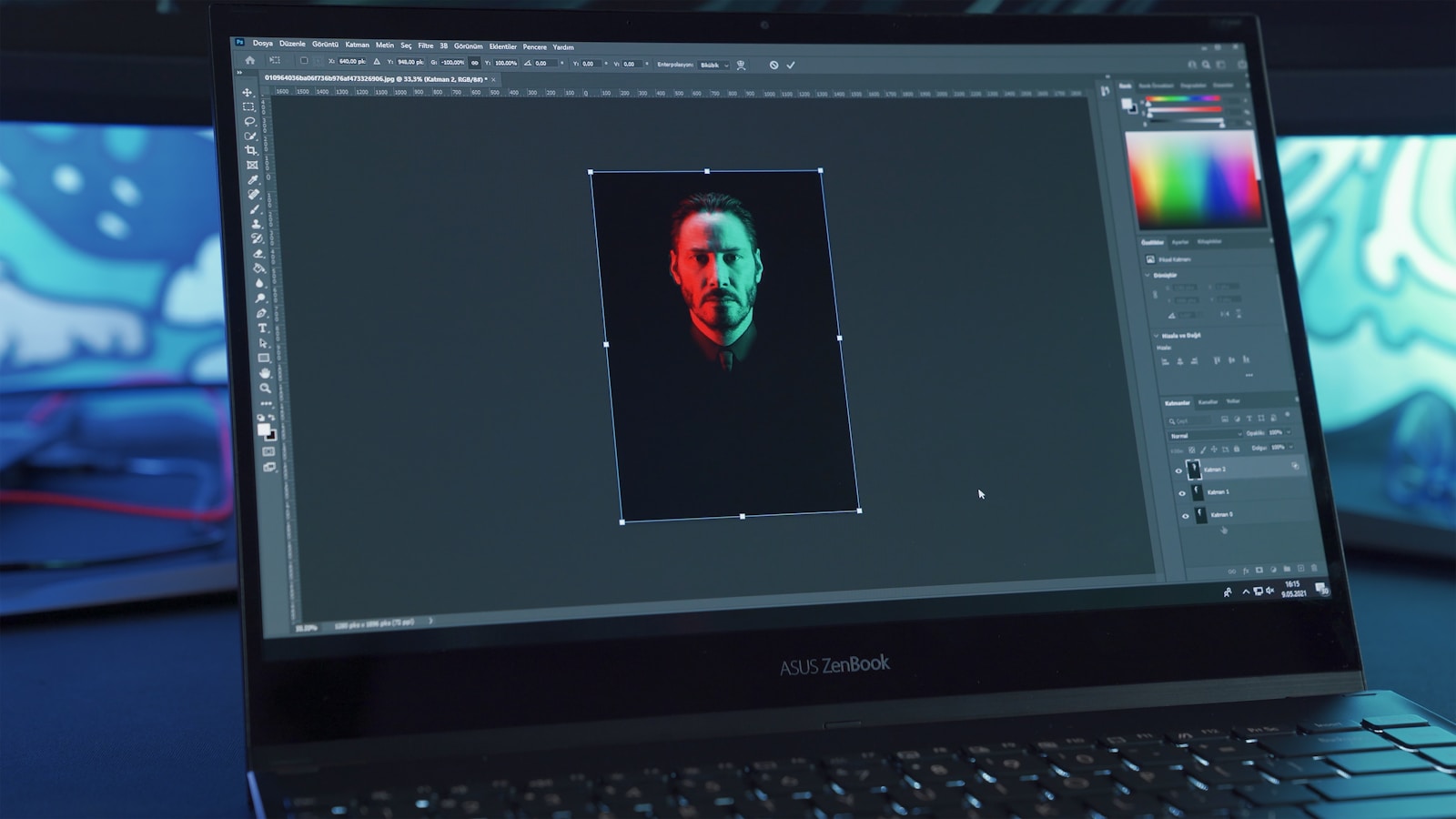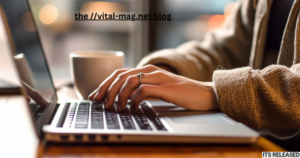
Photo retouching refers to the process of enhancing and altering images to achieve a desired final result. This can involve correcting imperfections, adjusting colors, and adding artistic effects. Traditionally, photo retouching was a manual process requiring a high level of skill and precision.
Importance of Photo Retouching in the Digital Age
In today’s digital age, photo retouching has become an essential part of various industries, including photography, advertising, and social media. High-quality, visually appealing images are crucial for marketing and personal branding. As a result, the demand for efficient and effective photo retouching solutions has surged.
Emergence of AI in Photo Retouching
The integration of Artificial Intelligence (AI) into photo retouching has revolutionized the field. AI-driven tools have significantly enhanced the speed, accuracy, and accessibility of photo retouching, making it possible for both professionals and amateurs to produce stunning images with minimal effort.
Historical Context
Traditional Photo Retouching Techniques
Before the digital era, photo retouching was a labor-intensive process involving techniques such as airbrushing, negative retouching, and hand-painting on prints. These methods required extensive expertise and time, making high-quality retouching a specialized skill.
Evolution of Digital Retouching Tools
With the advent of digital technology, photo retouching transitioned to software-based methods. Programs like Adobe Photoshop became the industry standard, offering powerful tools for image manipulation. These digital tools streamlined the retouching process, but still demanded a significant learning curve.
Introduction of AI in the Industry
AI began making its mark in photo retouching with the development of advanced algorithms capable of analyzing and editing images automatically. Machine learning and deep learning technologies enabled AI to understand and replicate the nuanced decisions made by human retouchers, leading to a new era of automated photo enhancement.
Technical Specifications
AI Algorithms Used in Photo Retouching
AI in photo retouching relies on various algorithms, including convolutional neural networks (CNNs), generative adversarial networks (GANs), and autoencoders. These algorithms enable the AI to recognize patterns, enhance details, and generate realistic edits.
Software and Tools Implementing AI
Several software applications leverage AI for photo retouching, such as Adobe Photoshop’s Neural Filters, Luminar AI, and PortraitPro. These tools offer features like automatic skin smoothing, background replacement, and facial feature enhancement.
Hardware Requirements for AI Photo Retouching
Running AI-powered photo retouching software requires robust hardware. A powerful CPU, ample RAM, and a high-performance GPU are essential for handling the complex computations involved in AI processes. High-resolution displays also aid in precise editing.
Applications
Professional Photography
In professional photography, AI tools assist photographers in delivering high-quality images quickly. Automated retouching allows photographers to focus more on creativity and less on post-processing, enhancing overall workflow efficiency.
Social Media Influencers
For social media influencers, maintaining a visually appealing feed is crucial. AI retouching tools enable influencers to consistently produce polished images, helping them build a strong personal brand and attract a larger audience.
E-commerce and Product Photography
E-commerce platforms rely heavily on product images to drive sales. AI-powered retouching tools ensure products look their best, enhancing features, correcting lighting, and removing blemishes to attract potential buyers.
Fashion and Beauty Industry
In the fashion and beauty industry, flawless images are essential. AI retouching tools provide capabilities like skin smoothing, makeup application, and body reshaping, helping models and brands present their best versions.
Advertising and Marketing
High-quality visuals are pivotal in advertising and marketing. AI retouching enhances the appeal of promotional images, ensuring they capture attention and convey the desired message effectively.
Benefits
Enhanced Efficiency and Speed
AI-driven retouching tools drastically reduce the time required for photo editing. Automated processes can perform complex tasks in seconds, enabling faster turnaround times for high-volume projects.
Consistency and Precision
AI ensures consistent quality across images, applying edits with precision that minimizes human error. This consistency is particularly valuable in commercial photography where uniformity is crucial.
Cost-effectiveness
By automating labor-intensive tasks, AI reduces the need for extensive manual retouching, lowering costs for photographers and businesses. This cost-effectiveness makes professional-quality retouching accessible to a broader audience.
Accessibility for Non-professionals
AI-powered tools democratize photo retouching, allowing even those with minimal editing skills to achieve professional results. User-friendly interfaces and automated features make high-quality editing accessible to everyone.
Challenges and Limitations
Dependence on High-quality Data
AI algorithms require large datasets of high-quality images to learn and perform effectively. Poor-quality training data can result in subpar retouching, highlighting the importance of quality data curation.
Ethical Considerations
The use of AI in photo retouching raises ethical questions, particularly regarding the alteration of reality and the promotion of unrealistic beauty standards. It’s crucial to balance artistic expression with ethical responsibility.
Limitations of Current AI Technology
Despite advancements, AI technology is not flawless. It may struggle with complex edits or produce unnatural results in certain scenarios, necessitating human oversight and manual adjustments.
Resistance from Traditional Artists
Some traditional artists and retouchers may resist adopting AI tools, preferring the control and artistry of manual techniques. Balancing AI’s efficiency with the human touch remains a challenge in the industry.
Latest Innovations
Deep Learning Techniques
Deep learning, a subset of machine learning, has advanced AI photo retouching by enabling more sophisticated and nuanced edits. Techniques such as GANs allow for realistic and high-quality retouching.
Real-time Retouching
Real-time retouching capabilities allow users to see the effects of edits instantly. This innovation significantly speeds up the editing process and provides immediate feedback, enhancing user experience.
Automated Skin Smoothing and Blemish Removal
AI-driven tools can automatically smooth skin and remove blemishes with remarkable accuracy. These features are particularly popular in portrait photography, where flawless skin is often desired.
AI-driven Color Correction
AI color correction tools adjust colors to achieve natural and visually pleasing results. These tools analyze image content and lighting conditions to make precise adjustments, improving overall image quality.
Future Prospects
Advancements in AI Algorithms
Ongoing research and development are expected to yield even more advanced AI algorithms. Future AI tools will likely be capable of handling more complex retouching tasks with greater accuracy and efficiency.
Integration with Augmented Reality (AR)
The integration of AI with AR will open new possibilities for interactive and immersive photo editing experiences. Users will be able to see and interact with edits in real-time, enhancing creativity and engagement.
Potential for 3D Photo Retouching
As 3D photography becomes more prevalent, AI tools will evolve to support 3D retouching. This development will enable more dynamic and realistic editing of 3D images, expanding creative possibilities.
AI in Video Retouching
AI’s role will extend beyond still images to video retouching. Automated video editing tools will simplify the process of enhancing video quality, applying effects, and correcting issues, benefiting filmmakers and content creators.
Comparative Analysis
AI vs Traditional Retouching Methods
Comparing AI-driven and traditional retouching methods reveals distinct advantages and disadvantages. While AI offers speed and consistency, traditional methods provide greater artistic control and customization.
AI Retouching Software Comparison
Different AI retouching software solutions offer unique features and capabilities. Comparing these tools helps users identify the best options for their specific needs, balancing performance, ease of use, and cost.
Performance Comparison of Different AI Tools
Analyzing the performance of various AI tools involves assessing their speed, accuracy, and user experience. Performance benchmarks and user reviews provide insights into the strengths and weaknesses of each tool.
User Guides or Tutorials
Getting Started with AI Photo Retouching
A beginner’s guide to AI photo retouching includes an overview of essential tools, basic concepts, and initial steps. This guide helps new users navigate the world of AI-driven editing.
Step-by-step Guide to Using Popular AI Tools
Detailed tutorials on using popular AI retouching tools, such as Adobe Photoshop, Luminar AI, and PortraitPro, provide step-by-step instructions for achieving specific editing effects and mastering the software.
Tips for Achieving Best Results with AI
Expert tips and best practices for using AI tools effectively ensure users get the most out of their editing software. These tips cover areas like choosing the right settings, refining automatic edits, and integrating AI with manual techniques.
Conclusion
Summary of AI’s Impact on Photo Retouching
AI has significantly transformed the field of photo retouching, offering unprecedented speed, accuracy, and accessibility. These advancements have democratized high-quality editing, benefiting both professionals and amateurs.
Future Implications and Developments
Looking ahead, AI will continue to evolve, with advancements in algorithms, integration with AR, and the potential for 3D and video retouching. These developments will further enhance creative possibilities and efficiency.
Final Thoughts on Embracing AI in Creative Work
Embracing AI in photo retouching offers numerous benefits, but it also requires balancing technological advancements with ethical considerations and the human touch. By integrating AI thoughtfully, the industry can achieve new heights of creativity and efficiency.



